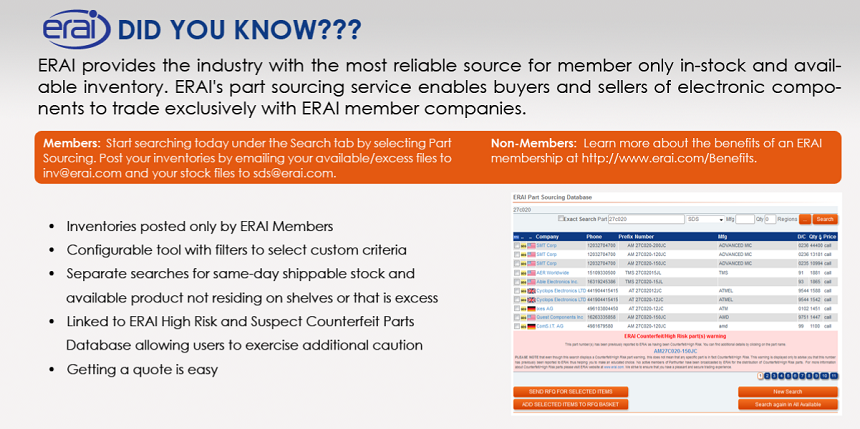Intellectual Property Theft: A National Cybersecurity Threat

By: Anne-Liese Heinichen
On November 30, 2017, prosecutors in the Northern District of California filed an indictment against four former employees of Applied Materials, Inc. for allegedly conspiring to commit theft of trade secrets and possession of stolen trade secrets,
aiding and abetting. Liang Chen, Donald Olgado, Wei-Yung Hsu and Robert Ewald are accused of downloading more than 16,000 CAD drawings, bills of materials, chemical recipes, prototypes, client data, and marketing materials and plans related to high
volume manufacturing of semiconductor wafers for use in LEDs in lighting and electronic applications. The materiel, all considered Applied Materials’ proprietary trade secrets, was stolen during the time the four defendants were employed by Applied.
The theft of intellectual property by foreign countries costs our nation millions of jobs and billions and billions of dollars each and every year...Today, I'm directing the United States Trade Representative to examine China's policies, practices, and actions with regard to the forced transfers of American technology and the theft of American intellectual property.”
President Donald Trump, August 14, 2017
By communicating through personal emails, the defendants planned the formation of a new company to be called “Envision” through which they would replicate Applied’s technology for their own benefit and presumed financial gain.
The indictment also alleged that, “from approximately October 1, 2012 through November 2012, Chen attempted to recruit investors in order to fund Envision in the United States and the People’s Republic of China.”
i Unfortunately, no details
were provided in the indictment detailing the identity of the Chinese investors nor the amount of money the defendants sought. The defendants each face sentences of up to 10 years in prison for each count along with a fine of $250,000.00.
As we reported last year, China’s national policy pushes towards self-reliance and strengthening of domestic production capabilities, especially in the semiconductor arena. A January 2017 report by the President’s Council of Advisors on Science
and Technology (PCAST) found that the industry faces major challenges in light of China’s “concerted push…to reshape the market to favor their needs”.
ii The report continued that innovation was necessary as, “only by continuing to innovate
at the cutting edge will the United States be able to mitigate the threat posed by Chinese industrial policy and strengthen the U.S. economy.”
iii According to the report, China employs ‘zero-sum tactics’ which raise (and not lower) costs
such as forcing or encouraging Chinese companies to purchase solely from the domestic semiconductor market, transfer of technology in exchange for access to the Chinese market, covert and overt theft of intellectual property, and collusion to devalue
takeover targets to purchase them at a lower cost.
iv Intellectual property theft allows Chinese corporations to develop new products and enhance their infrastructure without the significant outlay of capital and time already invested by American companies.
In response to Chinese activities, the report provided recommendations on investment restrictions, enforcement of export controls and continued government measures focused on national security. Along with government-centered responses, the report
stressed the importance of cooperation between federal, state, and local agencies, industry and academia.
As technology advances, it becomes easier for bad actors to infiltrate, access and steal intellectual property. Every organization should ensure that cybersecurity is prioritized and clear policies and procedures are defined including controlled
access, monitoring, encryption, proper storage, handling and disposition of data, employee training and regular audits.
i United States District Court, Northern District of California, San Jose Division. The United States of America vs. Liang Chen, Donald Olgado, Wei-Yung Hsu, and Robert Ewald. 20 Nov. 2017. PACER.
ii Mundie, Craig, and Paul Otellini. “Ensuring U.S. Leadership and Innovation in Semiconductors.” The White House - President Barack Obama, 9 Jan. 2017, 12:04,
obamawhitehouse.archives.gov/blog/2017/01/09/ensuring-us-leadership-and-innovation-semiconductors.
iii Ibid
iv President’s Council of Advisors on Science and Technology. “REPORT TO THE PRESIDENT Ensuring Long - Term U.S. Leadership in Semiconductors.” The White House - President Barack Obama, Jan. 2017,
obamawhitehouse.archives.gov/sites/default/files/microsites/ostp/PCAST/pcast_ensuring_long-term_us_leadership_in_semiconductors.pdf.
